Prisons
Prisons
First arrests from the communists were made in 1944. They used existing prisons and opened new ones in churches or homes seized from wealthy families because, according to them, they were gods of everything and God did not exist anymore.
Prisons were classified as prisons for political and ordinary convicts.
They would later build genuine buildings for this function, but this wave did not last more than ten years.
After discovering the advantages of labour exploitation of the prisoners, the regime decided to turn all prisons, except Unit 313 in Tirana and 321 in Burrel, into forced labour re-education camps.
They were labelled with a number and transferred from one place to another, as we saw in the labour camps’ category. After several more years passed and the communist government accomplished desired works, to reduce the cost of relocating and setting up settlements, units were set up near the mines where convicts’ labour would be used indefinitely.
These long-term prison camps are brought in this category, along with other prisons which were places of isolation only.
During the first years of the communist regime, political prisoners served their sentences in:
Prison No. 1 Peshkopia, Prison No. 3 Burrel, Prison No. 4 Shkodra, Prison No. 5 and Prison No. 2 Tirana, Prison No. 7 Durrës, Prison No. 9 Berat, Prison No. 11 Vlora, Prison No. 13 Elbasan, Prison No. 15 Korça, Prison No. 17 Gjirokastra, Prison No. 18 Kukës, Camp No. 19 Valias, Prison No. 20 Kavaja.
Sanitary conditions, food, and clothing, as reported, was constantly a problem. Diseases such as tuberculosis, scabies, and bronchitis, in the early ’50s reached alarming figures.

